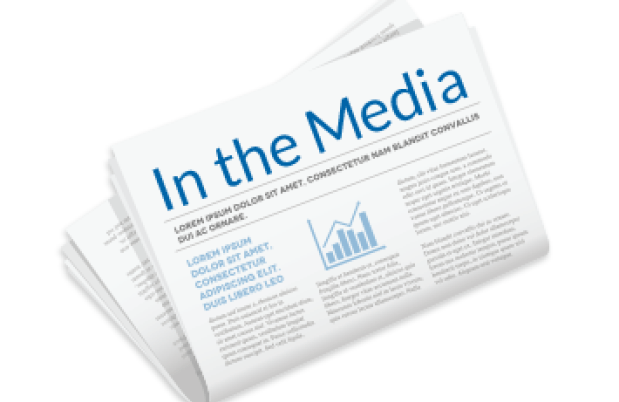Even with the best protocols in place, treating psychiatric patients who have tested positive for COVID-19 poses challenges for mental health care professionals. But what if there was a way to monitor patients from a safe distance?
A team of clinicians from McLean Hospital’s Division of Geriatric Psychiatry and engineers from MIT’s Computer Science and Artificial Intelligence Laboratory (CSAIL) have reported being able to monitor a COVID-19 patient remotely via a device that tracks the patient’s breathing, movement, and sleep patterns by using wireless signals.
The team is co-led by Ipsit Vahia, MD, medical director of the McLean Institute for Technology in Psychiatry, and Dina Katabi, PhD, from CSAIL. The CSAIL team’s device, called “Emerald,” has been used in multiple hospitals and assistive care facilities, including with a COVID-19 patient at Heritage Assisted Living in the Boston suburb of Framingham.
Emerald is a Wi-Fi-like box that analyzes the wireless signals in the environment. (The signals emit roughly 1000 times less radiation than a standard cellphone.) The device uses artificial intelligence to gather people’s vital signs, sleep, and movement. It was developed by Katabi and her research group at CSAIL.

“For older adults in assisted living environments, we are noticing significant increases in symptoms such as anxiety and depression, resulting from a combination of isolation, disruption in their routines, and especially if they have peers in their facility who test positive for the coronavirus,” said Vahia. “These symptoms are amplified if they develop COVID-19 themselves. Emerald may offer us a way to track respiratory symptoms as well as behavioral symptoms simultaneously and remotely.”
After obtaining consent, Heritage installed Emerald in the patient’s room. The device noninvasively monitors the patient’s health and reports the data to Vahia. At his home, Vahia can remotely track the patient’s progress by looking at metrics like breathing and walking speed.
Emerald data showed that the patient’s initial breathing rate had gone down from 23 to 18 breaths per minute. This rate is much closer to the patient’s baseline.
The data also showed that the patient’s sleep quality improved and that she was able to walk more quickly around her apartment as she recovered. Emerald could also help detect other respiratory problems that would otherwise go unnoticed.
“It’s clear that, with these high-risk elderly patients, they would greatly benefit from us being able to passively gather medical data over time when it is not possible to meet with each person directly,” said William McGrory, who oversees mental health services for Heritage Assisted Living. Heritage is also currently conducting a pilot project with Emerald that is focused on assessing dementia.
Beyond the immediate doctor-patient interaction, Katabi said that remote-sensing devices like Emerald could assist in expanding health care capacity. As the demand on hospitals spikes with the increasing number of COVID-19 patients, Emerald’s safe and detailed health monitoring could allow hospitals and physicians to triage less severe patients and monitor them in their own homes while still allowing a quick response in case of aggravated illness.
Vahia said that COVID-19 has already triggered a monumental shift in getting medical professionals to explore technological solutions for providing care from a distance.
“Even in just the last few weeks, there has been a newfound urgency about developing remote-sensing technologies like Emerald that can help doctors do their jobs as safely as possible,” said Vahia, who also directs McLean Hospital’s Technology and Aging Laboratory. The lab studies how digital tools can impact elder care.
Media Requests
Journalist or member of the media? We are available 24/7 for media requests.


